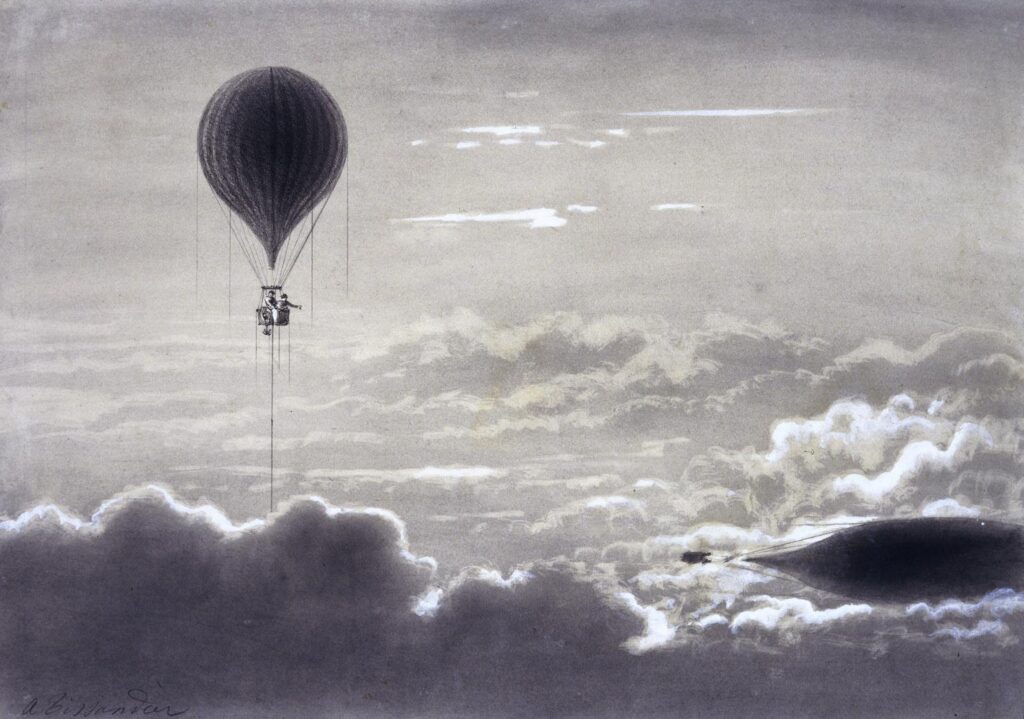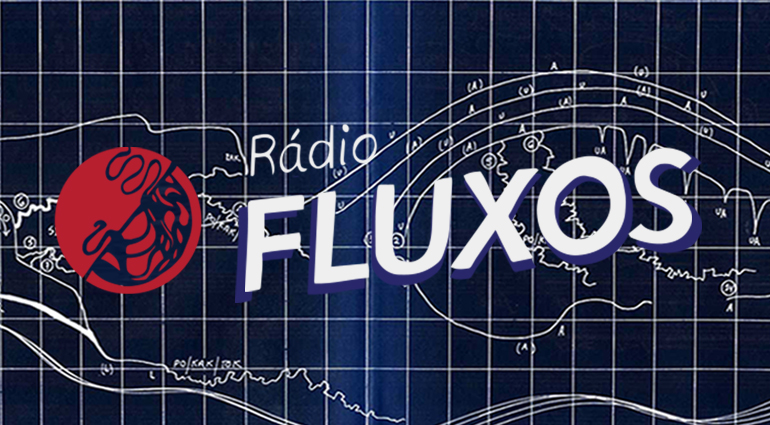
The February edition of The Wire magazine (issue 432) features the chart Waterfall as Metronome, composed of works inspired by the sight and sound of waterfalls including field recordings, on-site improvisation, sound installations, white noise, ethnographic work, and new-age interpretations of water, flow and the effects of negative ions. While putting together this list, I imagined a speculative history of music where compositions were not driven by metronome’s mechanical account of time, but by the continuous atemporal flow of a waterfall.
Waterfall as Metronome 15
Sarah Hennies – Gather (Category of manifestation)
Daniel Menche – Raw Fall (The Tapeworm)
Hafdis Bjarnadottir – North (Gruenrekorder)
Bill Fontana – Vertical Water (Whitney Museum)
Peter Ablinger – Weiss / Weisslich 7b (Peter Ablinger)
Olivia Wyatt – The Pierced Heart and The Machete (Sublime Frequencies)
Carlos Niño – Delightfulllll / Waterfall (feat. Iasos) (Leaving Records)
Francisco López – Tawhirimatea (No label)
John Butcher- Close by, a waterfall (Confront)
Annea Lockwood – Englewood Brook Falls, Palisades (Lovely)
Herman de Vries – Thema 1: bach (Artists Press Bern)
Micheal Pisaro – Still Life with Cicadas, Waterfall and Radu (Gravity Wave)
Ulahi and Eyo:bo – Sing At A Waterfall (Folkways)
Paul Lloyd Warner – Kipahulu Falls (MPI)
Steven Feld – Flow like a Waterfall: The Metaphors of Kaluli Musical Theory (Yearbook for Traditional Music)







 Our bias towards animals, or zoochauvinism, has been shown to have negative implications on funding towards plant conservation. Authors argue that artistic practices that engage plants in a sensorial and meaningful way can potentially generate emotional responses and concern towards plant life. This presentation reviews musical and sound art practices that incorporate plants and discusses the ethics of plant life as a performative participant. Starting in the early 70s, Music to Grow Plants By became a small footnote in the history of recorded music. However, it showed how the veiled nature of plants became attached to personal narratives, tastes and social values. In parallel, avant-garde movements interested in amplifying the noises of everyday life started to appropriate the sounding materiality of plants through contact microphones. John Cage’s amplified cactus became an icon of indeterminacy music. Plant-based generative music attempts to take a step forward into the inner life of plants by translating their biological activity.
Our bias towards animals, or zoochauvinism, has been shown to have negative implications on funding towards plant conservation. Authors argue that artistic practices that engage plants in a sensorial and meaningful way can potentially generate emotional responses and concern towards plant life. This presentation reviews musical and sound art practices that incorporate plants and discusses the ethics of plant life as a performative participant. Starting in the early 70s, Music to Grow Plants By became a small footnote in the history of recorded music. However, it showed how the veiled nature of plants became attached to personal narratives, tastes and social values. In parallel, avant-garde movements interested in amplifying the noises of everyday life started to appropriate the sounding materiality of plants through contact microphones. John Cage’s amplified cactus became an icon of indeterminacy music. Plant-based generative music attempts to take a step forward into the inner life of plants by translating their biological activity.



